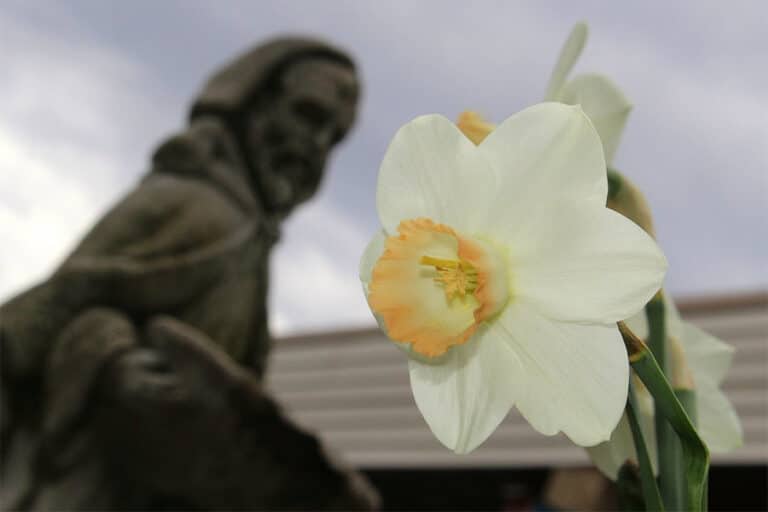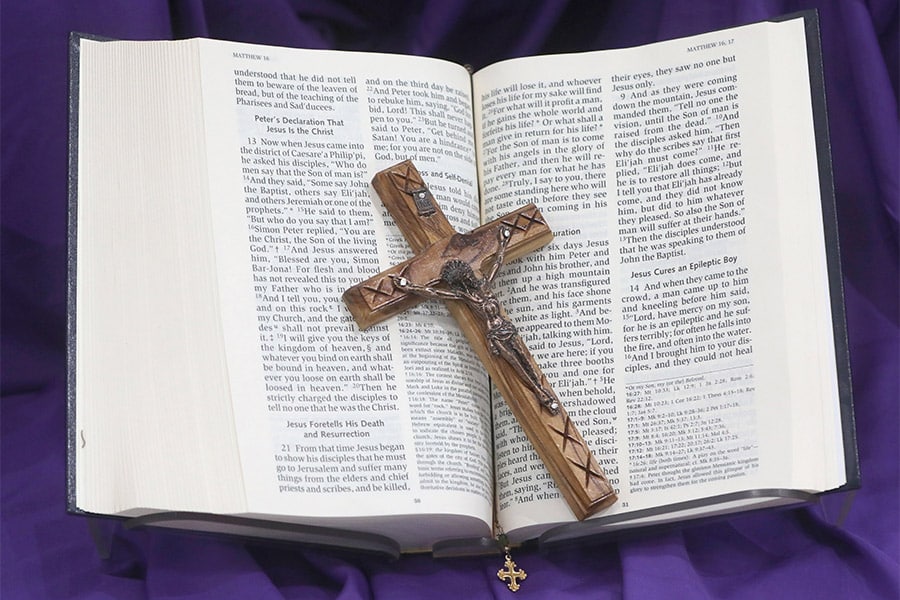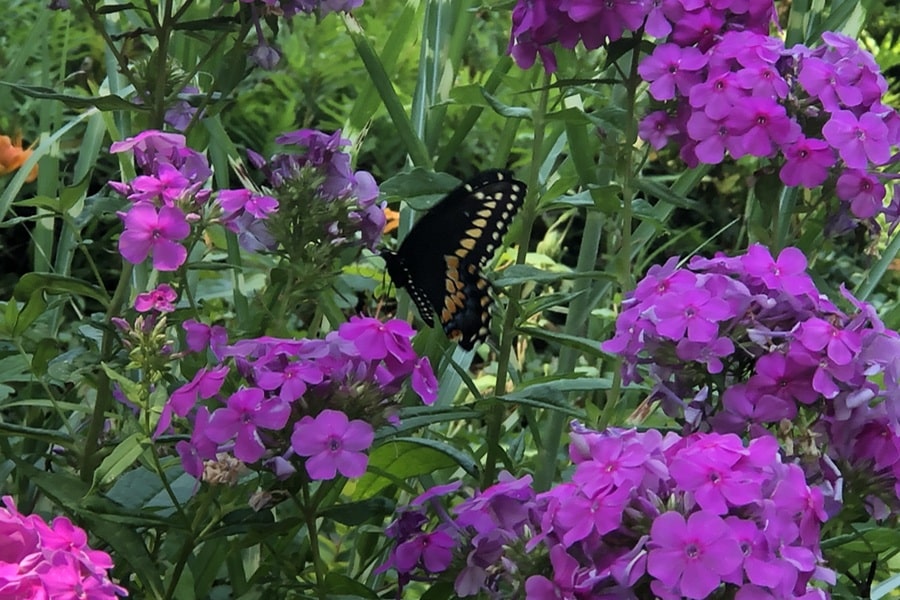To begin a garden is to be a co-creator with God, and to join in the joy he intended for us through his creation. Your garden can be as small as that little piece of earth next to the door, or as grand as a vegetable patch to feed your growing family.
So let us begin where our God began, with the earth. The soil under our feet is filled with nutrients, microorganisms and decomposing matter. All of these — and sunlight and water — are important to define what will grow in your garden, as well as your Hardiness Zone.
A Hardiness Zone, as it applies to plant culture, is the range of temperatures within which a plant will survive a 50% kill-off and continue to grow the next season. This includes cold and heat tolerances, so be sure to identify in what zone you reside using the internet or a garden manual.
The Bible tells us, in the parable of the sower and the seed, what kinds of soils are best suited for plant survival. Unlike the reckless abandon of God scattering seeds of faith in every soul, we need to be intentional in our seeding efforts to produce a fruitful garden. The first thing to do when planning a garden is to assess soil composition.
The two key elements of soil are texture and tilth. Texture is determined by the relative portions of sand, silt and clay. It is an inherent soil property of the area you live in. Texture influences the soil’s properties such as drainage. With a little effort the texture of a small area of soil can be altered. Tilth is the physical condition of the soil as it relates to ease of seeding, emergence and root penetration. Essentially, this is the soil’s ability to support plants. You can improve the tilth of soil by improving its texture with garden amendments such as compost, sand or sphagnum moss.
Be aware of your garden’s inherent soil properties and work within that parameter. The adage “right plant, right place” holds true. If your garden soil is clay, purchasing plants that require well-drained soils for sufficient root development will result in the plant’s failure to thrive — it may survive, but will never reach its full potential. This is true for us as well — our faith will not thrive if we cannot set proper roots.
You can repeatedly amend a limited garden area to a limited depth, but it is a better practice to select plants that grow well in your soil. In the garden journal book “Planting with Prayer: the Catholic Gardening Handbook” you’ll find a simple guide to help you identify your soil structure. For a more detailed analysis of nutrients, a soil test can be done.
In addition to the soil, you also need to establish the duration of sunlight your garden will have. You will want to know how many hours during the day your garden location receives direct sunlight. Generally defined, full sun equals six or more hours, partial sun equals four to six hours, shade equals about two to four hours, and dense shade either receives no direct sunlight or only up to two hours.
Take note that a garden on the west side of a structure or tree receives a more intense sunlight than that on an east side which has morning sun for the same amount of time. Even though the west side may only get two to four hours of light, it would not be considered shade, and shade plants will get sunburned if planted in that area. Better to look for plants suited for full to partial sun.
We need the holy water of the Holy Spirit to become fruitful. So too does our garden need proper watering to continue to grow. It will do you no good to spend time and effort to create a beautiful garden if you have no means to keep it watered. Seedlings and new plantings will require more attention to water distribution and amount. Once your garden is established — when seedlings have at least six sets of true leaves and transplanted plants no longer show wilt — its watering need will be reduced but not eliminated. Remember, no water, no life.
Selecting the right plant is true about watering as well as soil and sun. If you live in an arid region or a windswept sea-side, the watering needs of the plants you select must be minimal, unless you plan to spend a lot of energy trying to keep your humidity-loving-mid-west-plant alive.
Gardening can be a spiritual act of communion with Our Lord. Look for the metaphors as you garden — how seedlings germinate in darkness, that a wounded plant develops more branching, or the symbolism of rain falling gently or in a great storm. Pray as you work and listen to what the Holy Spirit may want you to learn. We can draw closer to God in the garden, which was his first gift to us.
Read More Commentary
Copyright © 2025 OSV News








